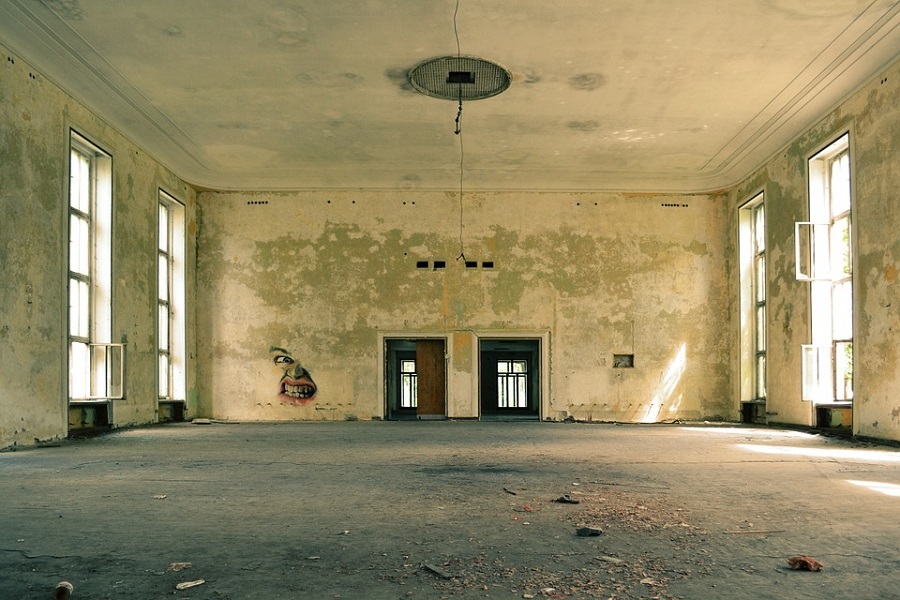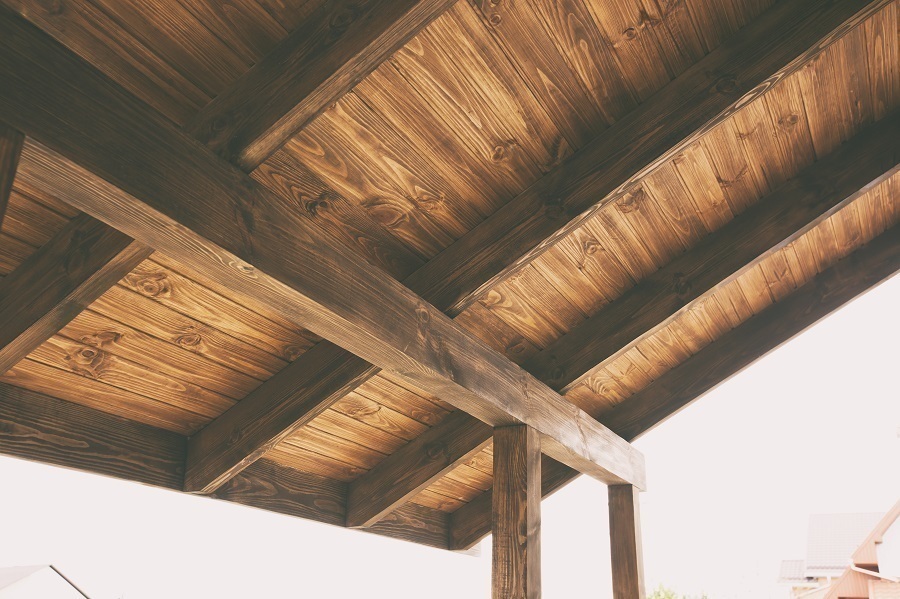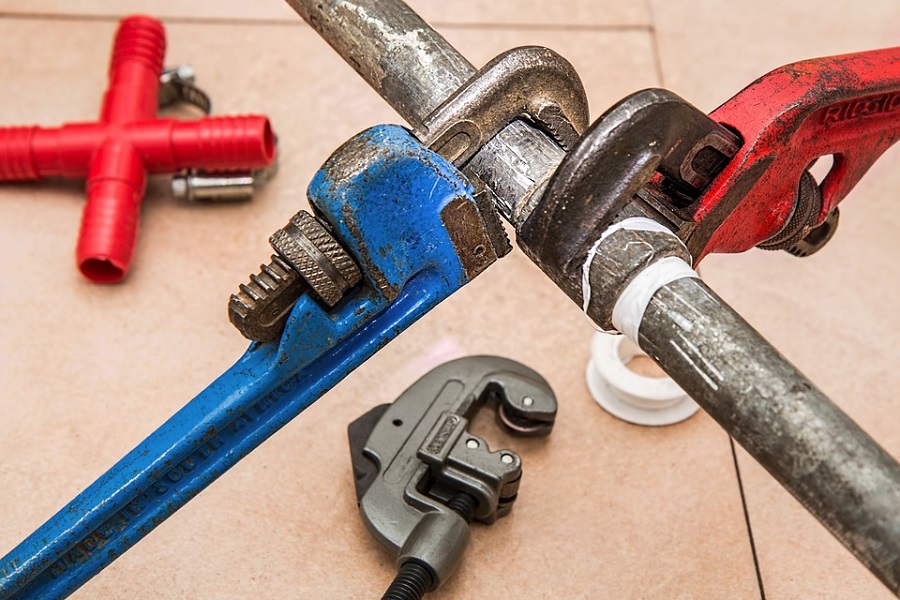Last updated on
Do you own an old house? Perhaps you’ve inherited it or bought it on a bargain, the next course of action is renovating it. Here’s what you need to know.
Old homes can often be found at a surprisingly good price, and if you have just managed to land a similar deal, renovations are probably the next thing on your mind. Today, we are going to focus on three tips that will both, help you make the best out of your new home, and ensure safety while you are at it.
What's Inside
Safety Comes First: Get It Checked for Lead and Asbestos

Older homes built before the late 70s have a high chance of having asbestos within the walls, while the paint on those same walls could have toxic lead particles. The lead paint law did not come into force before 1978; the same year in which asbestos was also banned for use in construction. Both these dangerous particles will not be released unless disturbed from their resting position, but that’s unavoidable when you are trying to remodel the kitchen or scraping paint off the inner walls!
Before you move in and preferably even before you buy any old property that was built in or before 1978, get it thoroughly checked for the presence of lead and asbestos. Although asbestos is far more deadly, lead can also be extremely harmful for children in particular, since the heavy-metal toxicity leads to stunted cognitive growth, alongside a whole series of additional symptoms that do not spare adults either.
Check the Wood

It is perfectly possible that you could find a well-preserved, matured hardwood flooring in your new home, that cannot possibly be found in new construction due to the environmental restrictions in place nowadays. On the flip side, it is also possible that the wood did not age well and is playing host to a termite colony deep within! Check the wood personally first by tapping on the surface, listening for soft, ununiform, or squishy sounds. Even if you do not find any signs of insect infestations and wood rot, get it checked by a professional anyway for assurance.
Choosing the Right Materials for a Safe and Durable Renovation
When updating an older property, it’s essential to give careful thought to the types of materials that will ensure both the project’s durability and long-term stability. This includes not just big items like lumber or tiles, but also smaller yet critical components like adhesives and sealants.
Given the age and potential complexities of renovating an older property, it’s always wise to consult with professionals to ensure that you’re making informed, safe, and effective material choices.
Consulting with experts, such as architects, contractors, and even a polyurethane adhesive manufacturer, can provide invaluable insights into the ideal materials for your renovation project. These professionals can guide you on the suitability of various adhesives for different surfaces, the pros and cons of each, and how they interact with other materials you plan to use.
This ensures that the bonding solutions you choose will offer the durability and long-term stability that are crucial in renovations, particularly in older properties. Their advice can help you avoid pitfalls and make choices that align with both the aesthetic and functional goals of your renovation.
Plumbing and Electricity: Potential Safety Hazards

Old homes are extremely likely to have bad plumbing and electrical wiring unless they were taken care of more recently by the previous owner or the real estate company in charge of its sale. The bad plumbing and electrical wiring in older houses are often a result of the following factors.
- Lead pipes were used back in the day, which means that they need to be changed to avoid lead toxicity from the water
- Electrical wires and wiring techniques have been improved by leaps and bounds since the old days
- The simple fact that the plumbing system and the electrical wiring is ancient, indicates that unless there were timely repairs done previously, it is going to be in shambles
- Old plumbing systems and electrical wiring may not allow for the remodeling projects which you have in mind
Old houses can have their issues with lead, asbestos, plumbing, wood rot, etc. but given that these were built in a time before the price of real estate skyrocketed to where it is today, they are also more spacious by default. With the proper renovations, remodeling work, safety checks, and removal of hazardous materials/arrangements (if found), living in an old mansion can be an exclusive experience that no city apartment can ever provide.




